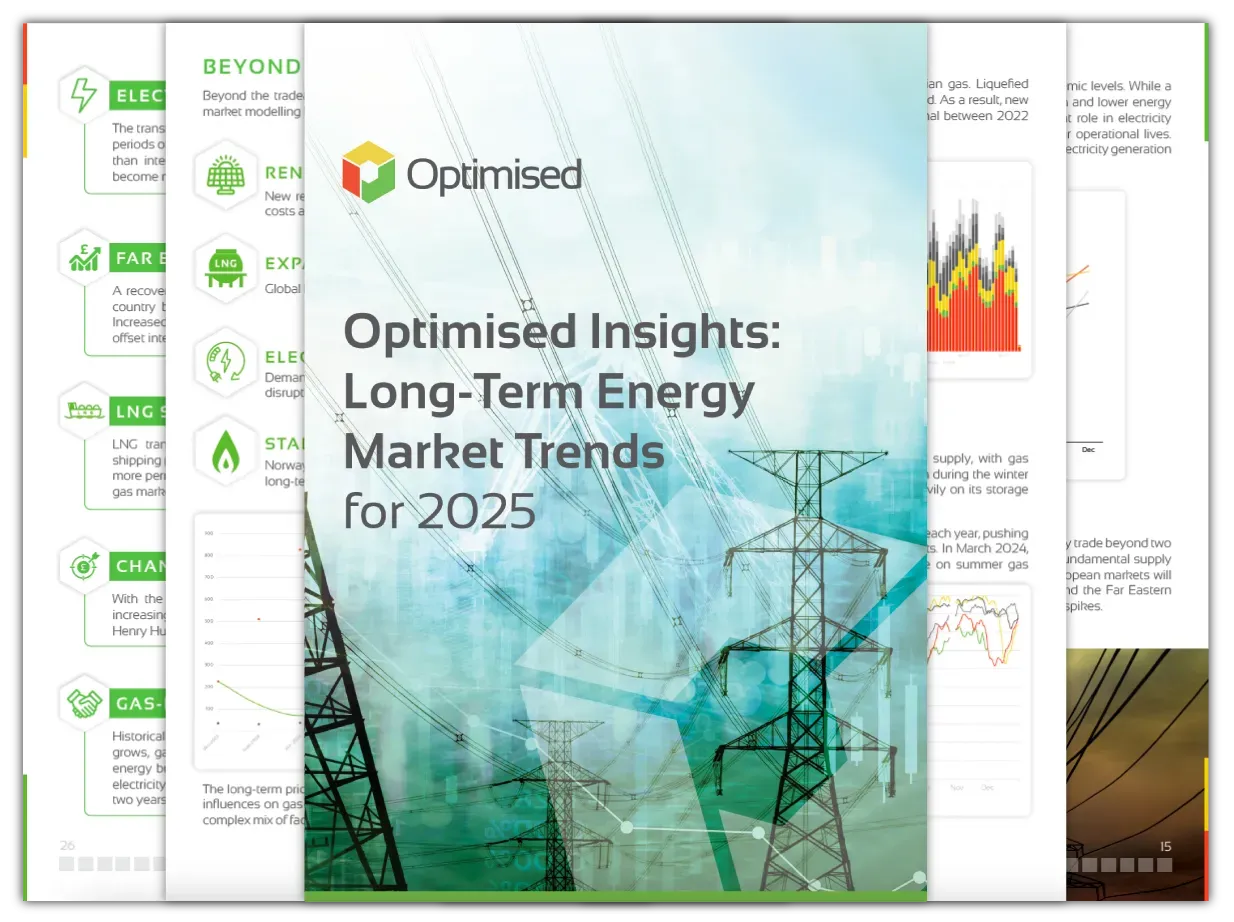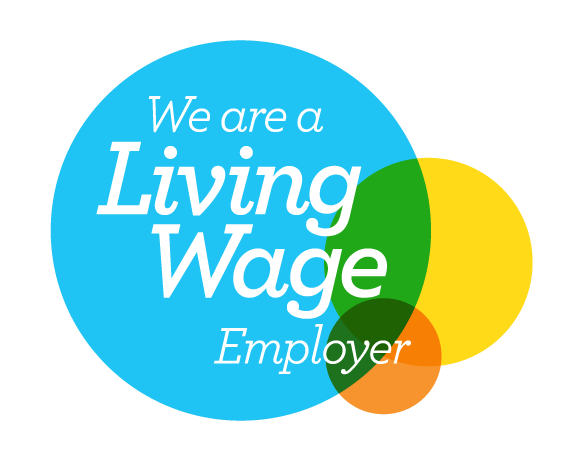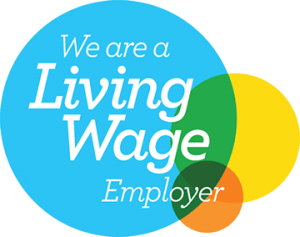UTILITY ENERGY PROCUREMENT COMPANY
MEET REGULATORY COMPLIANCE WITH UTILITY ENERGY PROCUREMENT
Advisory services on contract procurement, supplier trading and risk management.
UTILITY ENERGY PROCUREMENT SPECIALISTS
IS YOUR ENERGY COSTING THE EARTH?
Navigating the energy market can be overwhelming, but our energy procurement services make it simple. We leverage our industry expertise and extensive network to secure competitive energy rates and contracts tailored to your specific needs.

LATEST RENEWABLE PROCUREMENT OPTIONS

FULL AND TRANSPARENT MARKET TENDERS

ALIGN PROCUREMENT TO BUSINESS OBJECTIVES

QUALITY ENSURED BY EXTERNAL GOVERNANCE
Utility Energy Procurement FAQS
GOT A QUESTION ABOUT BUSINESS UTILITY PROCUREMENT?
WHAT DO OUR CLIENTS SAY?

“Optimised really understood our requirements and showed great perseverance to source this first-of-a kind-deal.”

"The tendering of supply contracts is reliable and reporting is detailed and very useful for analysing the performance of properties and developing sustainability.”
PLASTICS
MANUFACTURER
“With our newly integrated approach to procurement, compliance and energy efficiency has cut costs and reduced risk.”
ENERGY PROCUREMENT CONSULTING SERVICES
WHAT IS AN ENERGY PROCUREMENT STRATEGY?
An energy procurement strategy is the process of sourcing and acquiring energy resources—such as electricity, gas, and renewable energy—to meet the operational needs of an organisation. This involves analysing energy consumption patterns, understanding market dynamics, negotiating contracts with energy suppliers, managing risks, and ensuring compliance with regulatory requirements.
UTILITY ENERGY PROCUREMENT MANAGEMENT
WHY IS ENERGY PROCUREMENT VITAL?
Energy procurement is important for several reasons, each impacting the operational, financial, and strategic aspects of organisations. This includes but is not limited to: cost management, operational efficiency, sustainability, compliance with UK regulations, environment impact, competitive advantage, risk management, economic impact & stakeholder confidence.
HELPING BUSINESSES CONTROL ENERGY & WATER COSTS
WE HELP MANUFACTURING AND PUBLIC SECTOR COMPANIES ACHIEVE THEIR ENERGY PROCUREMENT GOALS + MORE
Energy Procurement In Manufacturing
Helping manufacturers extend profit margins by taking back control of their utility costs, with effective procurement strategies that tackle rising energy costs.
Energy Procurement In The Public Sector
Supporting Public Sector organisations ensure stability of their utility costs in a volatile market, with procurement strategies bespoke to their requirements.
Energy Procurement For Other Industries
Commercial Real Estate
Saving Landlords & Managing Agents from the hassle of contract negotiation.
Renewable Generators
Ensuring generators receive a fair price when exporting their renewable energy.
ENERGY PROCUREMENT PLAN
WHAT ARE THE STAGES OF ENERGY PROCUREMENT?
Energy procurement typically involves several stages, each crucial for securing the best possible energy contracts and managing energy costs effectively. The main stages include: assessment & planning of energy needs & market conditions, strategy development, supplier selection, negotiation & contracting, contract implementation, monitoring & improvement, contract renewal & negotiation.
BENEFITS OF ENERGY PROCUREMENT
HOW BENEFICIAL IS ENERGY PROCUREMENT?
Energy procurement delivers substantial benefits across cost management, risk mitigation, operational efficiency, sustainability, competitive positioning, financial performance, and stakeholder confidence, all of which contribute to the overall success and resilience of an organisation. Our energy procurement consultants can offer a greater insight to how your business can avoid over paying on energy.
UTILITY ENERGY CONSULTANTS UK
MINIMISE UTILITY COSTS AND ENSURE BUDGET CERTAINTY
We will design a risk management strategy with you that aims to shield your business from the unpredictability of energy markets. Through carefully crafted hedging strategies, budget certainty plans, and comprehensive risk assessments, we help you minimise exposure to energy price volatility.
Unlock the Key Insights
Energy Market Trends for 2025
Prepare for the future with Optimised Insights: Long-Term Energy Market Trends 2025, a concise analysis of energy markets in Great Britain and Europe.
This report highlights supply, demand, regulation, and decarbonisation trends for energy buyers and decision-makers.
- Understand how global events disrupt supply chains and markets.
- Explore the rise of LNG and its impact on pricing and competition.
- Learn about GB’s 2030 renewable energy targets.
- Discover strategies to manage risks and leverage opportunities.
- Gain insights into pricing, demand, and regulatory impacts.














